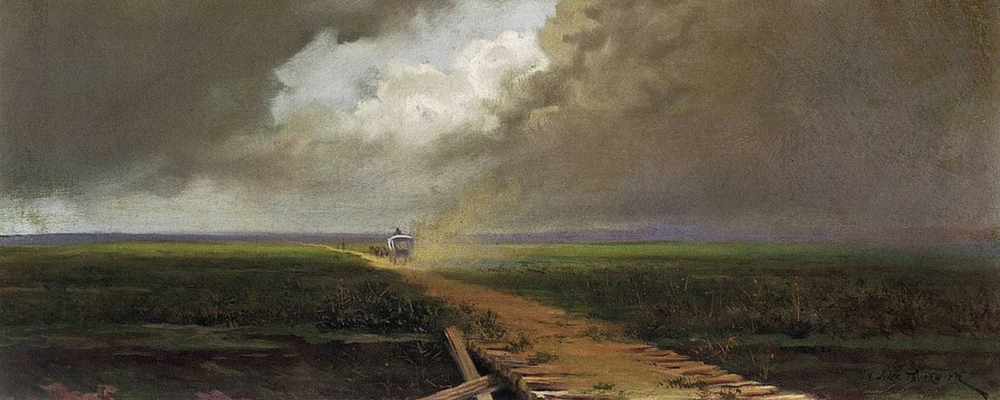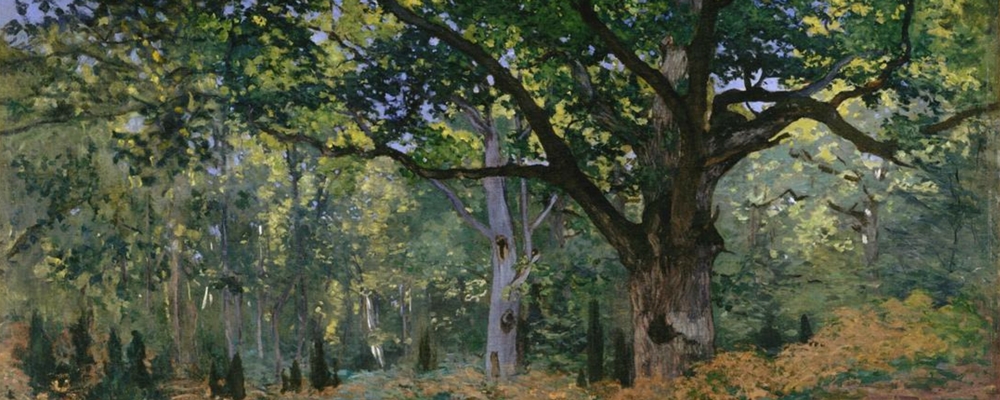
James Joyce is one of the most celebrated and influential writers of the 20th century. Born in 1882 in Dublin, his novels are known for their stream-of-consciousness prose and experimental style. His early short story volume Dubliners is a more straightforward read. Published in 1914, the powerful collection depicts Irish middle class life through the eyes of Dublin’s residents, including young Eveline Hill. His short story “Eveline” is a musing on home and family. How does our definition of home evolve throughout our lives?
Read More

Philip Levine was born Detroit, Michigan in 1928 and was raised and educated in the city. After graduating from Wayne State University, Levine worked for both Chevrolet and Cadillac where he gathered material for his future poems. Levine went on to teach at Columbia, Princeton and the University of California at Berkeley. He was appointed Poet Laureate of the United States for 2011–2012. Levine’s poem “What Work Is,” published in 1991, is a musing on the purpose of work. What does work mean to you?
Read More

By all counts prolific, Isaac Asimov wrote or edited over 500 books in his lifetime, and he is best known for his science fiction. “Youth” first appeared in the May 1952 issue of Space Science Fiction. Although known for such works as the Robot series and Foundation series which are concerned with humans in an advanced scientific future, “Youth” is a rare Asimov story dealing with alien characters. What does this story show about the power of perspective?
Read More

Willa Cather’s “A Wagner Matinee” was among her first published stories, appearing in Everybody’s Magazine in 1904, and then in her first short story collection, The Troll Garden. An iconic American author of short stories and novels, Cather was born in Virginia and moved to a Nebraskan homestead when she was 10 years old. Her writing often dwells on life in the western United States, as well the role of art in the world. How does “A Wagner Matinee” help us consider the relationship between the work we do and our souls?
Read More

Franz Kafka’s “A Hunger Artist” was originally written in German and published in 1922. Kafka’s work attracted scant public attention during his lifetime, but “A Hunger Artist” became the title story for a collection of short stories published in 1924 just before his death. We have used this story in several Books@Work programs. As you read “A Hunger Artist,” consider what the story reveals about hard work, skill and exploring new avenues in life.
Read More

Jean de La Fontaine published “The Oak and the Reed” in the first of his twelve books of fables. Published in 1688, the fable is adapted from Aesop’s Fables and is written in poetic meter and rhyme in French. La Fontaine’s adaptation is not unique: the tale has been retold in Greek, Latin, Italian and English and has even been interpreted in statue and song. Why do you think this story is so inspiring, across cultures and generations?
Read More

The prolific French author, Guy de Maupassant, is primarily remembered for his mastery of the short story, although he wrote novels and travel memoirs as well. Maupassant published his first short story, “Boule de Suif,” in 1880 at the age of thirty.
A realist author, Maupassant’s short stories tell the tales of common people permanently altered by larger forces at work in the world. “The Piece of String”is no exception. The story was published in 1884, within Maupassant’s larger collection, “Miss Harriet.” “The Piece of String” follows the experience of Maitre Hauchecorne, a peasant and farmer, as he is accused of theft. Join us as we use “The Piece of String” to reflect misunderstanding and misinterpretation.
Read More

Books@Work participants tell us over and over that the sessions are a “great way to get to know your colleagues, your peers, on a totally different level” as well as “de-stress.” They highlight that the program “brings us all together in a different way.” Because I have such a varied work history – in food service, office jobs, caring for handicapped adults – I resonate with our participants when they tell us how valuable getting to know your colleagues is and how they look forward to moments of refreshment in the midst of a busy and demanding day.
Because of this, it has been a special pleasure to participate in Books@Work myself.
Read More

I love details and I love people. I find deep satisfaction at the intersection of the two, communicating with people and working to fit many moving pieces together. When I started with Books@Work two and a half years ago, I had no idea how much my role in the company would grow to encompass so many aspects of that intersection.
As the Operations Manager, I think of myself as supporting our programs “behind-the-scenes,” but in truth, I am also the “face” of Books@Work to virtually every person involved in the program.
Read More








